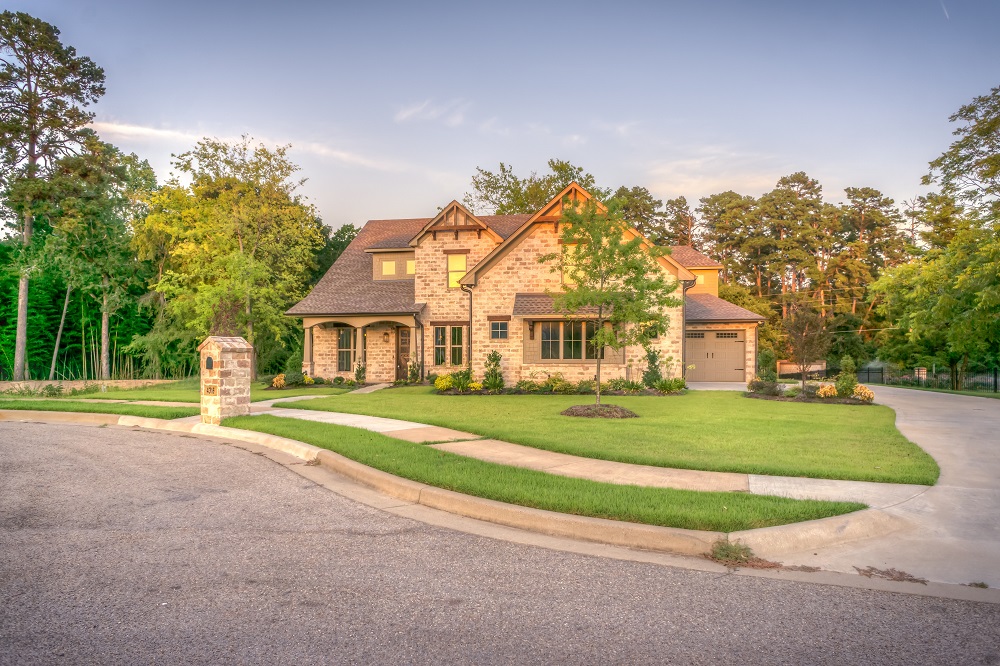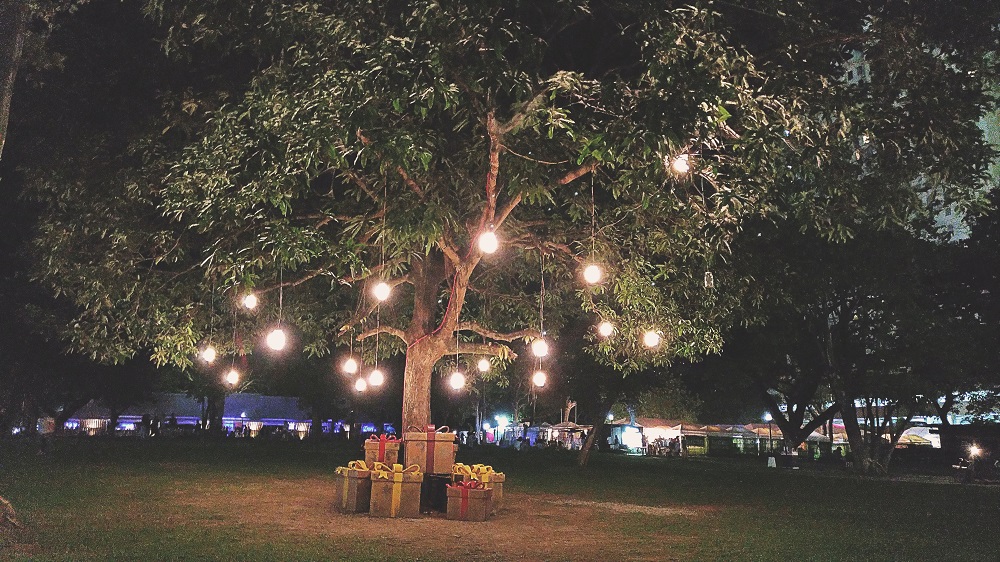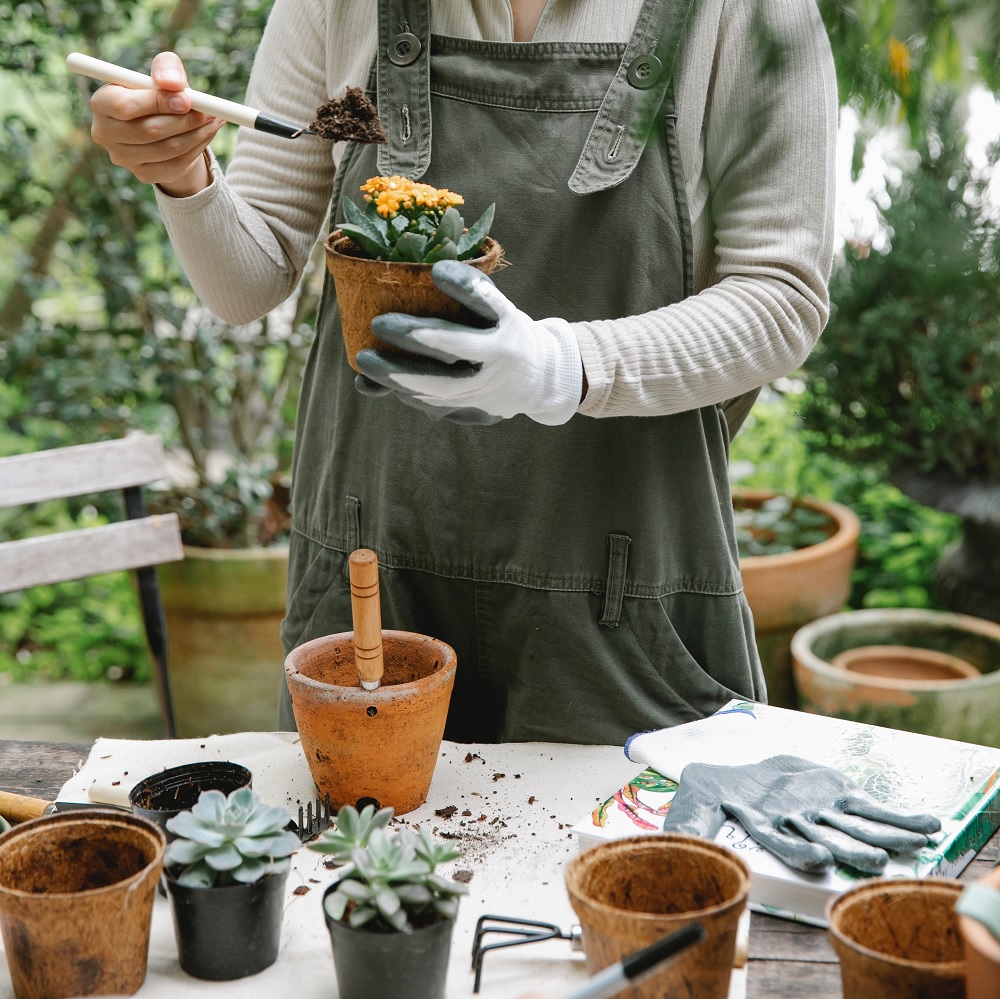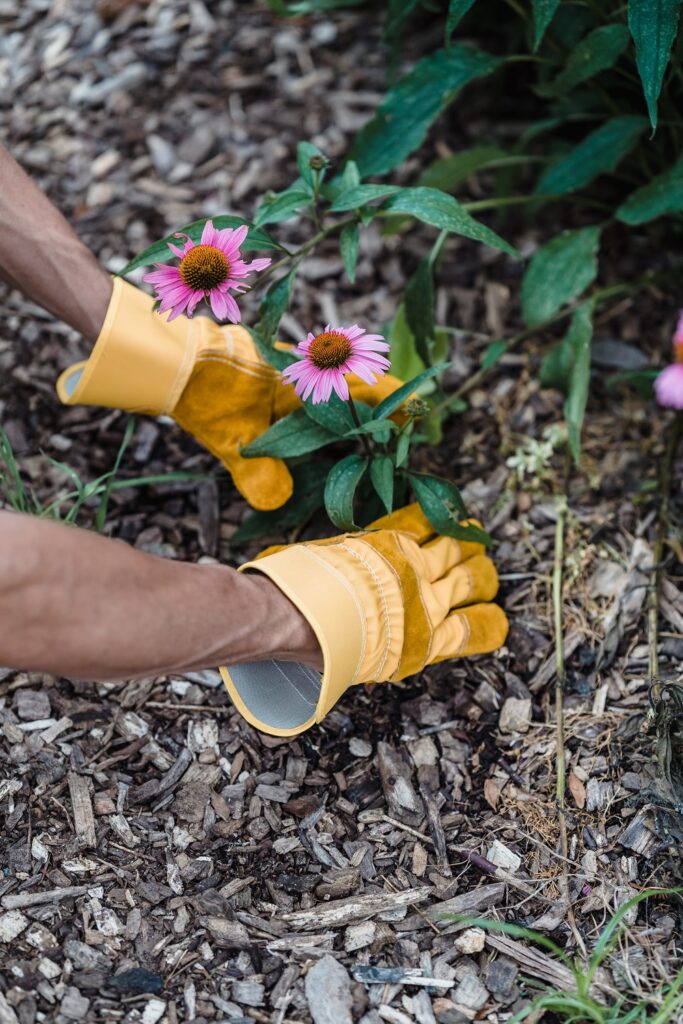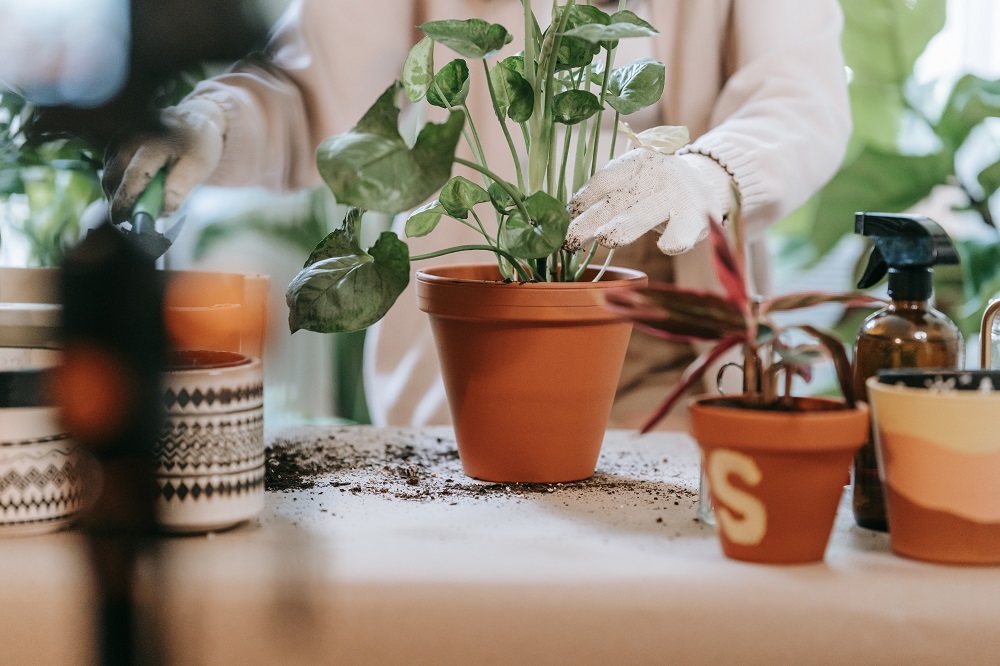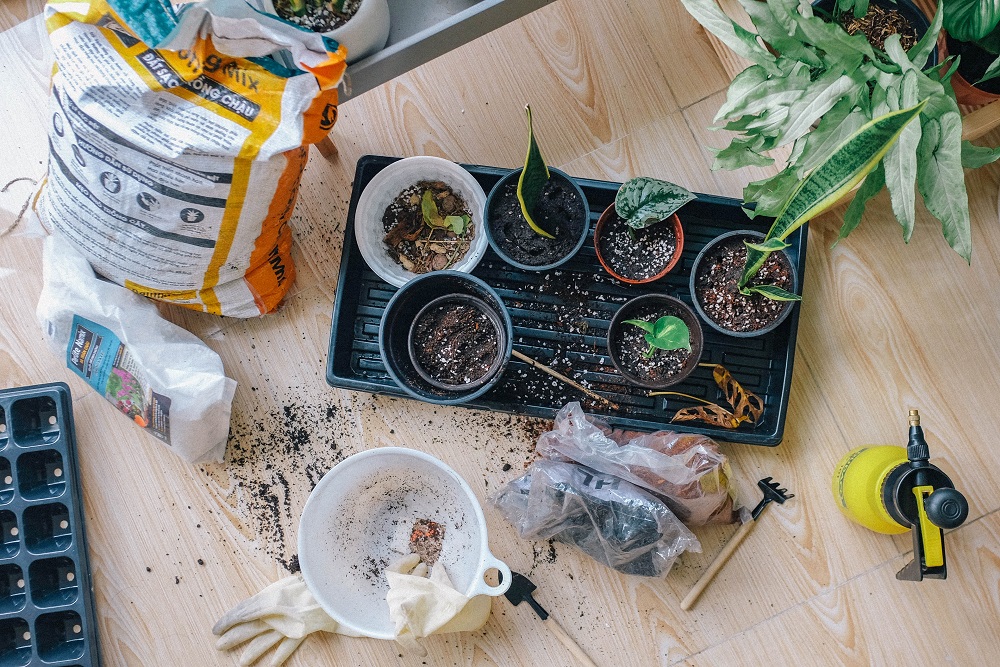Essential Lawn Care Tips for a Healthy and Lush Lawn

A well-maintained lawn can enhance the beauty and enjoyment of your outdoor space. A lush, green carpet of grass creates a welcoming environment and adds value to your property. To achieve a healthy and vibrant lawn, it’s essential to implement proper lawn care practices. In this article, we’ll provide you with essential tips to help you achieve a healthy and lush lawn.
1. Soil Preparation: The foundation of a healthy lawn starts with proper soil preparation. Before planting or overseeding, assess the soil in your yard. Conduct a soil test to determine its pH level and nutrient content. Most lawns thrive in slightly acidic soil with a pH between 6.0 and 7.0. Based on the soil test results, you may need to amend the soil with lime to raise the pH or sulfur to lower it. Additionally, consider aerating the soil to alleviate compaction and improve water and nutrient absorption.
2. Proper Mowing Techniques: Mowing is a critical aspect of lawn care. It promotes healthy growth, discourages weed development, and enhances the overall appearance of your lawn. Set your mower blade at the appropriate height based on the grass type you have. Warm-season grasses, such as Bermuda grass and Zoysia grass, are typically mowed shorter, while cool-season grasses like Kentucky bluegrass and tall fescue are mowed slightly higher. Avoid cutting more than one-third of the grass blade’s height in a single mowing session to prevent stress on the grass.
3. Regular Watering: Proper watering is essential for maintaining a healthy lawn. Deep and infrequent watering is generally recommended to encourage deep root growth. Water your lawn early in the morning to allow ample time for the grass blades to dry before evening. This helps prevent disease development. Aim for about 1 inch of water per week, including rainfall. However, adjust the frequency and duration of watering based on weather conditions, soil type, and grass species. Irrigate your lawn deeply, ensuring that the water penetrates the root zone.
4. Fertilization: Fertilizing your lawn provides essential nutrients that promote growth, color, and overall health. Conduct a soil test to determine the nutrient deficiencies in your soil and select a fertilizer accordingly. Apply fertilizers at the recommended rates and avoid over-application, as it can lead to nutrient runoff and environmental pollution. Follow a regular fertilization schedule, typically in early spring and late fall for cool-season grasses and during the active growth period for warm-season grasses.
5. Weed Control: Weeds can detract from the beauty of your lawn and compete with grass for nutrients and water. Implementing effective weed control practices is essential for maintaining a lush lawn. Regularly inspect your lawn for weed growth and promptly remove them manually or with the help of herbicides. Pre-emergent herbicides can be applied in early spring to prevent weed seeds from germinating. Additionally, maintain a healthy and thick lawn by following proper watering and fertilization practices, as dense grass helps suppress weed growth.
5. Aeration: Lawn aeration is the process of creating small holes in the soil to alleviate compaction and improve air, water, and nutrient movement within the root zone. Aeration helps the grassroots penetrate deeper into the soil, leading to a healthier and more resilient lawn. Consider aerating your lawn annually or as needed, particularly if the soil is compacted or the lawn shows signs of poor drainage or reduced vigor.
6. Overseeding: Over time, lawns may develop thin or bare areas due to factors such as heavy foot traffic, disease, or environmental stress. Overseeding involves spreading grass seed over existing turf to fill in these thin areas and promote a denser lawn. Before overseeding, ensure proper soil preparation by loosening the top layer of soil and removing any debris. Choose a high-quality grass seed that is suitable for your climate and grass type. Follow the recommended seeding rate and apply the seed evenly across the area. To improve seed-to-soil contact, lightly rake the soil or use a seed spreader. Water the seeded areas frequently and keep the soil moist until the new grass establishes.
7. Pest and Disease Control: Keeping pests and diseases at bay is crucial for maintaining a healthy lawn. Regularly inspect your lawn for signs of pest infestation or disease, such as discolored patches, wilting, or unusual growth patterns. Identify the specific pest or disease and take appropriate measures to control it. This may involve applying insecticides, fungicides, or other treatments. Integrated Pest Management (IPM) techniques, such as promoting a healthy lawn through proper maintenance and using pest-resistant grass varieties, can help minimize the need for chemical interventions.
8. Proper Lawn Care Equipment: Using the right equipment is essential for effective lawn care. Invest in a high-quality mower with sharp blades to ensure clean and even cuts. Consider the size of your lawn when selecting a mower—push mowers are suitable for smaller yards, while riding mowers or lawn tractors are more efficient for larger areas. Other essential tools include a rake, aerator, edger, and sprinkler system or hose for watering. Regularly maintain your equipment by sharpening blades, cleaning debris, and performing necessary repairs.
9. Regular Maintenance: Consistent maintenance is key to achieving a healthy and lush lawn. Regularly remove debris, such as leaves or branches, from the lawn surface to prevent suffocation of the grass. Trim and edge along sidewalks, driveways, and landscape beds to maintain a neat appearance. Avoid excessive foot traffic on the lawn, particularly when the grass is wet or during periods of stress. Consider applying a top dressing of compost or organic matter annually to improve soil health and provide additional nutrients to the grass.
10. Seasonal Adjustments: Adjust your lawn care practices based on the changing seasons. During cooler months, reduce the frequency of mowing and watering as grass growth slows down. Focus on removing fallen leaves and preparing the lawn for winter dormancy. In spring, ramp up your lawn care efforts by aerating, fertilizing, and overseeding to promote healthy growth. Summer requires extra attention to watering and pest control, as the heat and increased insect activity can stress the lawn.
11. Professional Lawn Care Services: If maintaining a healthy and lush lawn becomes overwhelming or you lack the time and expertise, consider hiring professional lawn care services. Lawn care professionals have the knowledge, experience, and equipment to assess your lawn’s specific needs and provide tailored care. They can handle tasks such as fertilization, weed control, pest management, and seasonal maintenance, ensuring your lawn receives the attention it requires.
Achieving a healthy and lush lawn requires consistent care and attention. Implementing proper soil preparation, mowing techniques, watering practices, fertilization, weed control, and other essential lawn care practices will contribute to a vibrant and thriving lawn. Regular maintenance, including aeration, overseeding, pest and disease control, and seasonal adjustments, will help address specific challenges and maintain the long-term health of your lawn. Whether you choose to handle the maintenance yourself or enlist the help of professionals, following these essential tips will assist you in achieving the beautiful and inviting lawn you desire.

